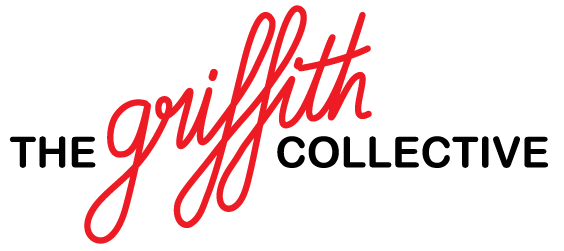
Graduate resumes: dos and don’ts
I work with the Careers and Employment Service at Griffith University as a Career Development Consultant, helping students navigate the world of work and study. I hold a Graduate Certificate in Career Development in addition to 10 years’ experience providing Careers and Employment services to a diverse range of clients. I am committed to helping students increase their self-awareness, explore vocational opportunities and establish a career direction as well as search for a job in that field.
Here’s my advice for getting your graduate resume to the top of the pile:
Do: use key words and phrases from the job advertisement and/or position description
Resume keywords and phrases are specific abilities, skills, expertise and traits recruiters and hiring managers look for in a candidate. Keywords consist of job-related language that describe your hard and soft skills and qualifications related to the role you are applying for. Applicant Tracking Systems (ATS) commonly read your resume before a human recruiter. AST are software programs that scan resume content and use an algorithm to search for keywords. The keywords look for certain skills, education, prior work experience and even former employers.
Do: detail tasks in your employment history and include noteworthy outcomes of your contribution
In the descriptions under each work experience, highlight the skills you attained, the duties you fulfilled, and most importantly your results (quantify these when possible), for example:
- Reduced costs: implemented an auditing project resulting in $200k in savings
- Directed a quality improvement program, reducing defects by 30%
- Operational efficiencies: revised production scheduling procedures, improving on-time shipping performance from 96% to 98% while reducing inventory levels by 20
Don’t: use large blocks of text
Employers and recruiters looking at your resume are going to skim it on the first pass. They are not going to read it word-for-word, and they are more likely to see what you want them to see if you use bullet points. Incorporating bullet points makes the document much easier to read, information must be easily accessible and clear. Bullet points are the most effective approach to presenting information to achieve this. The bullet point should capture the information in as few words as possible whilst capturing the reader’s attention.
Don’t: use incorrect tense
Use past tense for past jobs. Use present tense for current jobs. Avoid combining present and past tense under one heading. Use future tense when applying for an internship or when referring to your goals in your resume objective.
It is best to write your resume in first person, meaning it’s written as though you’re writing about yourself. However, the standard, accepted practice is to leave out personal pronouns like ‘I,’ ‘my,’ and ‘me.’ This style is referred to as ‘first person implied.’
Don’t: include personal information
Because of privacy laws in Australia, the following information is not necessary on an Australian resume:
- Date of birth
- Marital status
- Gender
- Country of origin
- Photo
- Health status
By Emma Carter






